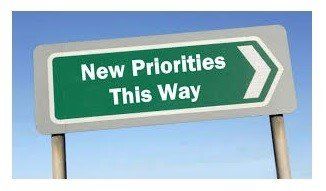What is an EVP
Jane Baalam
May 24, 2023
And how does it link to your strategy?
EVP stands for Employer Value Proposition. Which is basically a term we use now to describe what an employer is offering staff in return for their hard work and dedication. It's the set of terms, working practices and benefits that make your organisation an attractive place to work, and that distinguishes you from other employers in the eyes of current and potential employees.
The EVP typically includes a mix of tangible benefits such as salary, bonuses, and insurances, as well as intangible benefits like recognition, opportunities for career development, a positive company culture, and work-life balance. Your EVP can help attract and retain employees who share your values and vision, and who are looking for more than just a job. None of this is new of course (think Maslow's Hierarchy of Needs)
Your reward strategy and EVP are closely linked because the reward strategy is one of the key elements of the EVP. For example, if the EVP emphasizes work-life balance, the reward strategy might include flexible working arrangements or generous paid time off policies. If the EVP emphasizes career development, the reward strategy might include opportunities for training, mentoring, or professional development. By linking the reward strategy to the EVP, you can create a consistent and compelling message about the value your offer your employees, which should in turn improve employee engagement, help to build a positive employer brand and therefore attract the talent you need.
Overall, a well-designed reward strategy should be closely linked to your EVP to ensure that the rewards offered to employees are consistent with the value proposition and support your strategic objectives.









